Two Really Great Birds!!
Two Wonderful Great Egrets that is...
I’ve been visiting the El Rio Preserve a bit more these days. We are fully into the fall migration season so there are many new birds to see. In addition, the City of Marana is drawing down the water levels to dry out the lake in order to conduct some needed clean up of the reeds and lake. That’s changing the habitat. On a recent field trip with the Tucson Bird Alliance, we were entertained by a pair of Great Egrets who were interacting in a fascinating manner. Here’s one.
The pair of Egrets spent much of their time near each other in some of the snags (dried and dead tree skeletons) on the southwest end of the lake. After a short time together one or the other of the birds would take to the air, fly around the lake, and then return to a nearby perch in the same group of snags. As they approached the other bird in the snag, they would make a croaking sound that carried across the lake on the quiet morning. The second call at this AllAboutBirds site is the sound we heard most often.
For more than an hour, we watched the continuous replays of the birds circling the lake, and then croaking as they landed next to each other. The action repeated itself again and again. The Great Egret’s long, S-shaped neck is often visible both in flight and when they are perched or standing in the water.
Great Egrets are large, long-legged wading birds, measuring over 3 feet from bill to tail. Their wingspan (tip-to-tip) is about 5.5 feet. They fly slowly but with powerful wing beats. The sweep of their wings is beautiful to watch.
The El Rio Preserve is in northern Marana located between the Santa Cruz River and the northern end of the Tucson Mountains. The saguaro studded mountains provide a nice backdrop for the flight of this majestic bird. Sometimes the birds circled high.
Sometimes the birds circled low. Of course, on the return route you have reeds and other vegetation lining the flight of the Great Egret as they skimmed over the water. Great Egrets can be identified by their overall, look of course, but they have long yellow/orange bills and black legs. Those characteristics differentiate them from another white wintering Egret, called a Snowy Egret.
When landing, the Egrets open their wings in order to slowly brake in the air. They are very graceful for their size. Great Egrets can be seen in Tucson year-round but are more likely to be seen during the winter. Great Egrets are found on all continents except for Antarctica.
Great Egrets are seasonally monogamous. It is possible this pair was demonstrating courtship behavior that will take them through the winter and into next spring’s breeding season. These circle flights may be part of the ritual to strengthen their bond. The females also learn the male’s “landing call” during this time. After a long time, the Egrets moved apart from each other in search of food.
One Great Egret seemed to be studying life under the surface very closely. It was intent on peering through the water for fish. Great Egrets hunt in typical heron fashion, standing immobile or moving slowly through the water to capture fish with a jab of their bill.
During the late 1800’s, Great Egrets in the United States were hunted nearly to extinction. Their feather plumes were treasured in the fashion industry. The drawing below is from a story in the Cambridge Day magazine, about their history and their current status.
The Smithsonian Magazine tells the story about How Two Women Ended the Deadly Feather Trade at that time. We are all better off thanks to their actions.


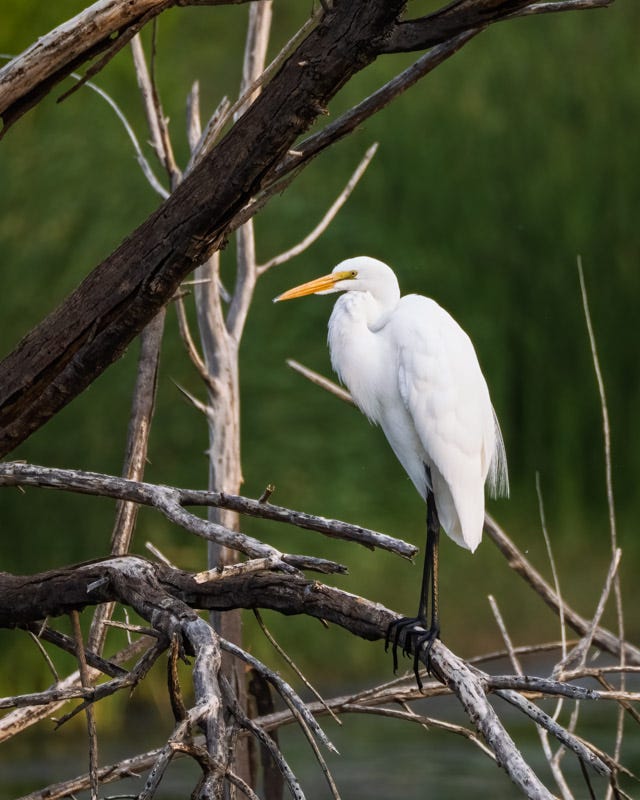


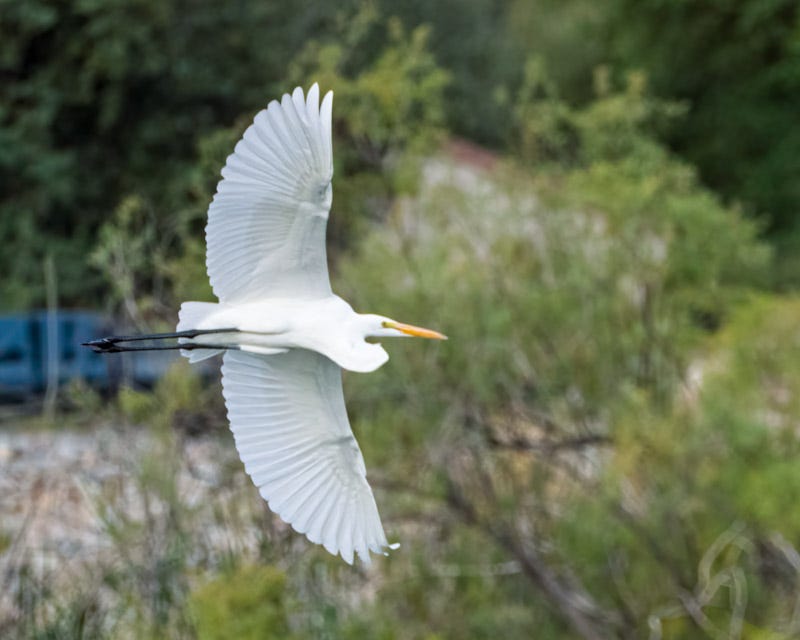
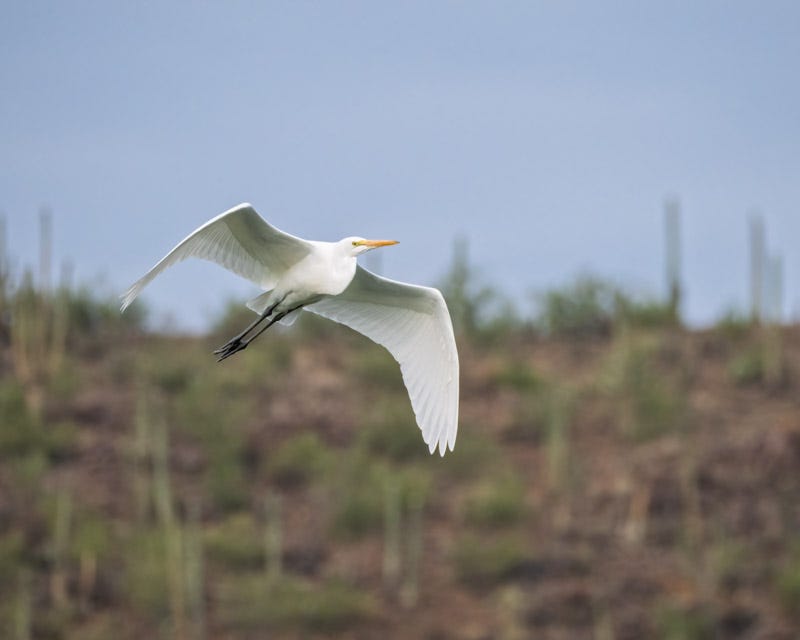
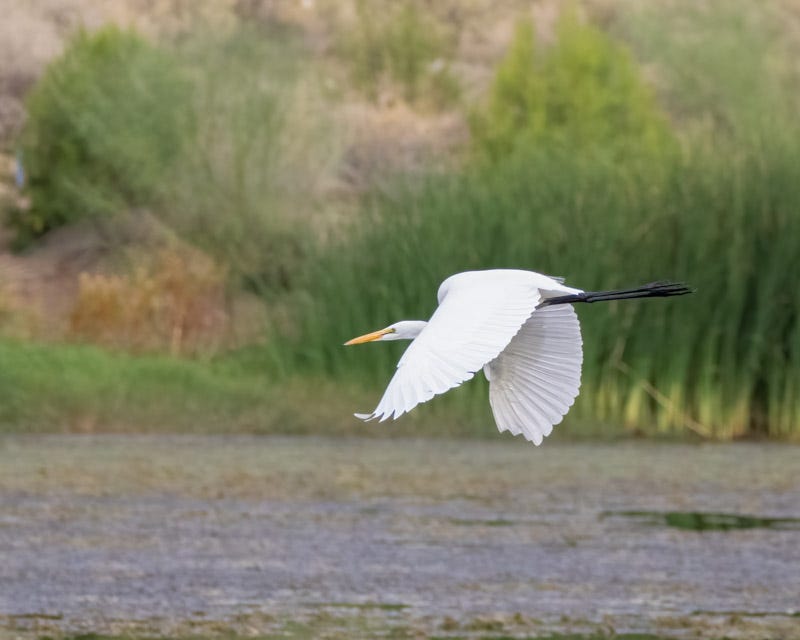
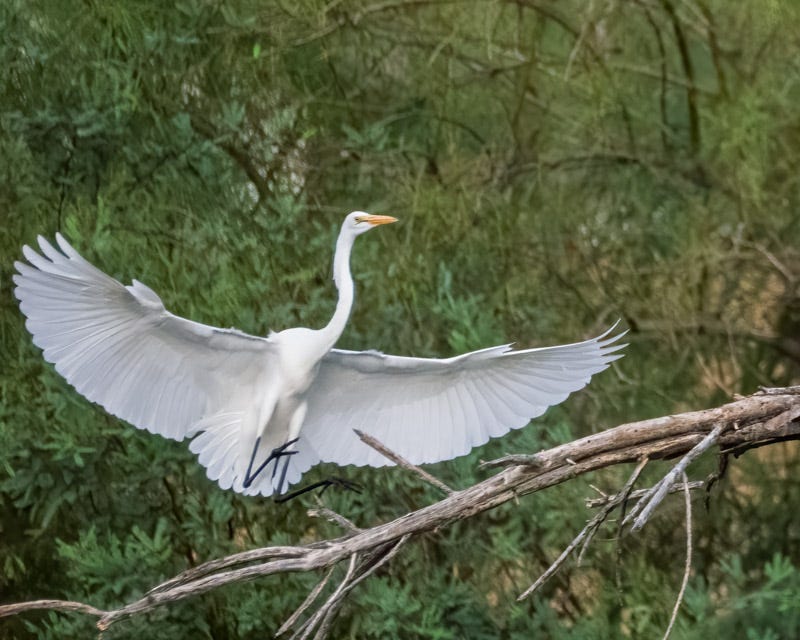
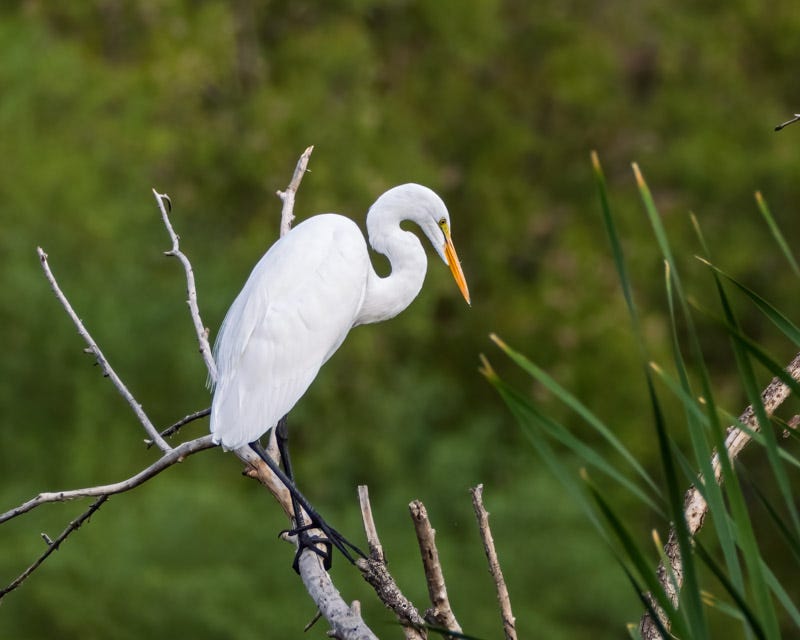
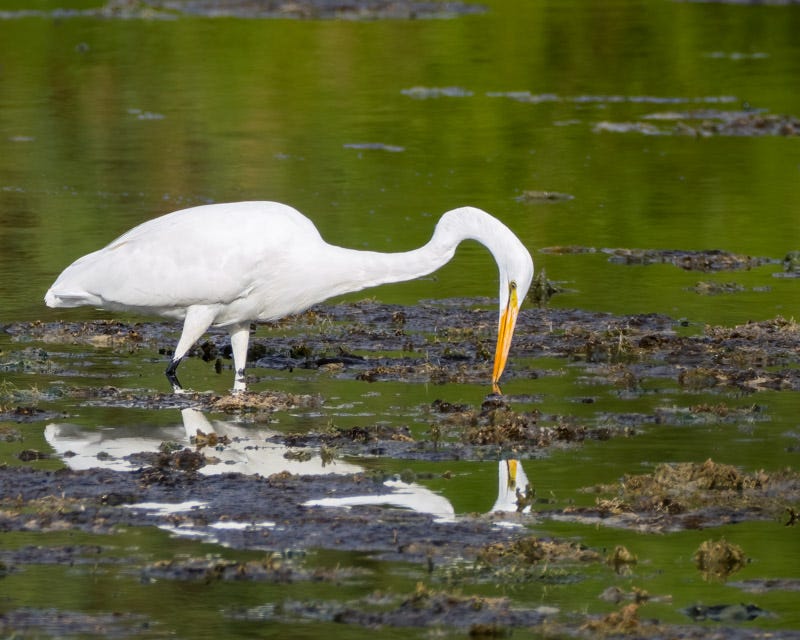
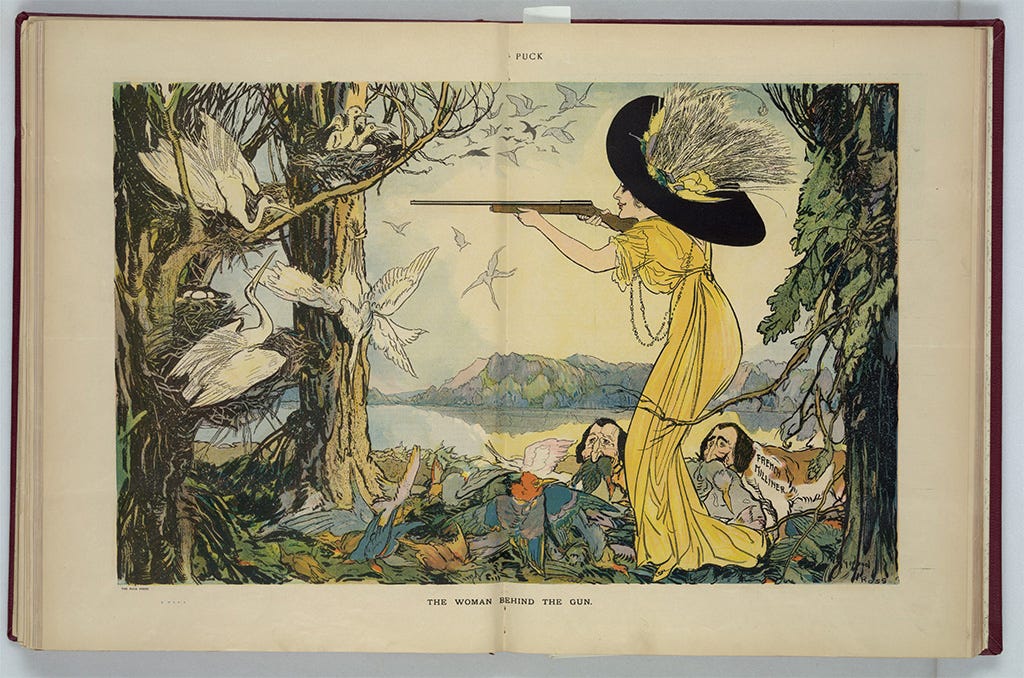
Beautiful pictures and commentary. Thank you Dan!!
The photos are as always amazing. Thanks also for the article!